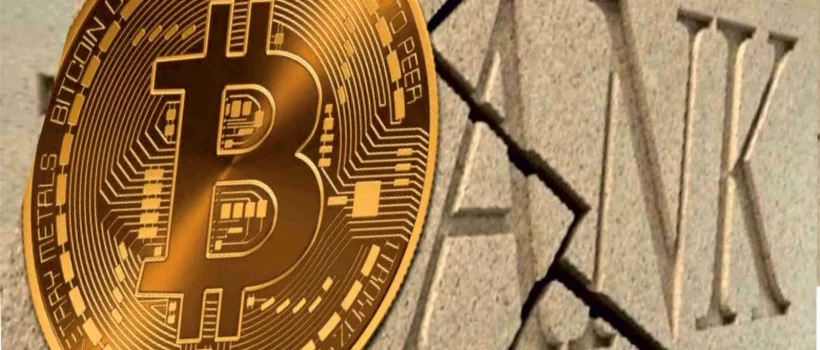Nowadays, it’s tough to run a gaming company.
NFTs and the metaverse offer a lot of potential — but brands that embrace them often face a fierce backlash from thousands of customers.
Making matters worse, many existing blockchain-based games deliver a poor user experience… This gives negative first impressions for potential players.
Amy Wu is a woman who really knows what’s going on in the world of cryptocurrency right now.
Elizabeth joins a slew of other high-profile women in the cryptocurrency space. She was previously Lightspeed’s vice chair before leaving to become the CEO of FTX Ventures, which manages a $2 billion pool. And when it comes to predicting where cryptocurrency trends will go, following the money is always a good idea.
Amy told Decrypt’s GM podcast that she never could’ve guessed how much animosity gamers would have toward NFTs.
Fan bases that are passionate want their opinions to be known, and they’re opposed to gaming firms making compromises in the name of profit. Amy said:
“There was a lot of pushback at first against free-to-play mobile games. Customers said, ‘these games are terrible; they’re not particularly high quality.’ Those are exactly the same complaints that people have about Web3 games.”
According to Amy, consumers are yet to discover the full potential of NFTs in changing games. However, companies must be thoughtful:
“Game studios need to be more careful and deliberate about how they communicate with their players, especially when they’re adding blockchain components to a well-loved game.”
According to Amy, making a new game from the ground up would be a better approach for introducing NFTs. Indeed, Zynga — which recently stated that it plans to launch an NFT-based title this year — is doing precisely that. Despite the fact that blockchain technology will play a greater role in its product, Zynga won’t include in-game assets into popular titles such as FarmVille and Words With Friends because it believes this might confuse customers. “While blockchain technology is set to improve,” concludes Amy, “the gaming industry will not integrate gaming items into popular games like FarmVille or Words With Friends.”
“It’s a lot more difficult when you’re creating a new game as an independent studio or a large one because you’ll attract a player base that wants to play it — but transforming an established game into blockchain is trickier. So there are numerous things we’re learning in real time about what works and what doesn’t, and how to engage the community in a much more intimate way rather than startling them.”
Amy strongly believes that a giant breakthrough will arrive shortly when a studio creates an unbelievable gaming experience that demonstrates all of the ways that NFTs can be used in a “super fun” way — and agrees that some gamers will never be persuaded. (Nintendo is one of those observing from the sidelines, and told shareholders recently said that NFTs will only appear in its games if they add “joy.”)
In this jam-packed episode, Amy explains the ins and outs of venture capital — as well as how crypto-focused firms are approaching things differently than traditional finance companies. She also explains what distinguishes the greatest DeFi teams from the rest, and her expectations for how NFT innovation will develop in 2022.



